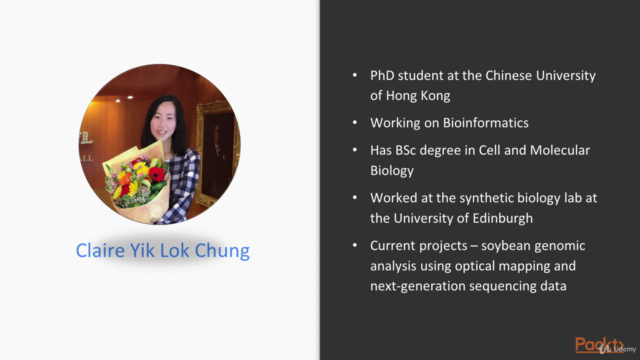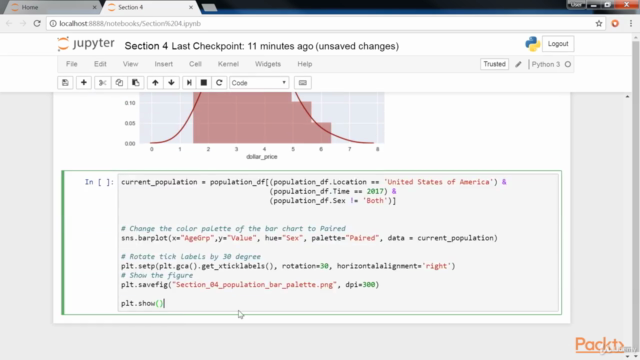Python Data Visualization with Matplotlib 2.x
Explore the world of amazing and efficient graphs with Matplotlib 2.x to make your data more presentable and informative
4.19 (16 reviews)

105
students
4.5 hours
content
Nov 2017
last update
$13.99
regular price
What you will learn
Master with the latest features in Matplotlib 2.x
Create data visualizations on 2D and 3D charts in the form of bar charts, bubble charts, heat maps, histograms, scatter plots, stacked area charts, swarm plots, and many more.
Make clear and appealing figures for scientific publications.
Create interactive charts and animations.
Extend the functionalities of Matplotlib with third-party packages, such as Basemap, GeoPandas, Mplot3d, Pandas, Scikit-learn, and Seaborn.
Design intuitive infographics for effective storytelling.
Screenshots




Related Topics
1427976
udemy ID
11/10/2017
course created date
3/9/2021
course indexed date
Bot
course submited by